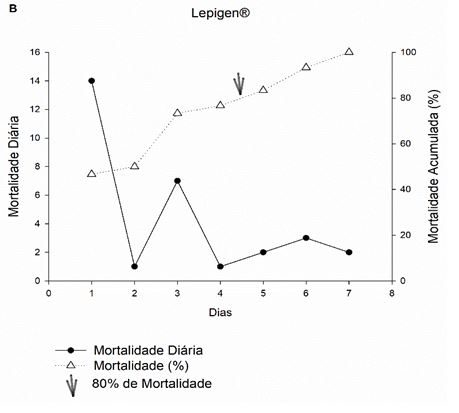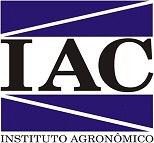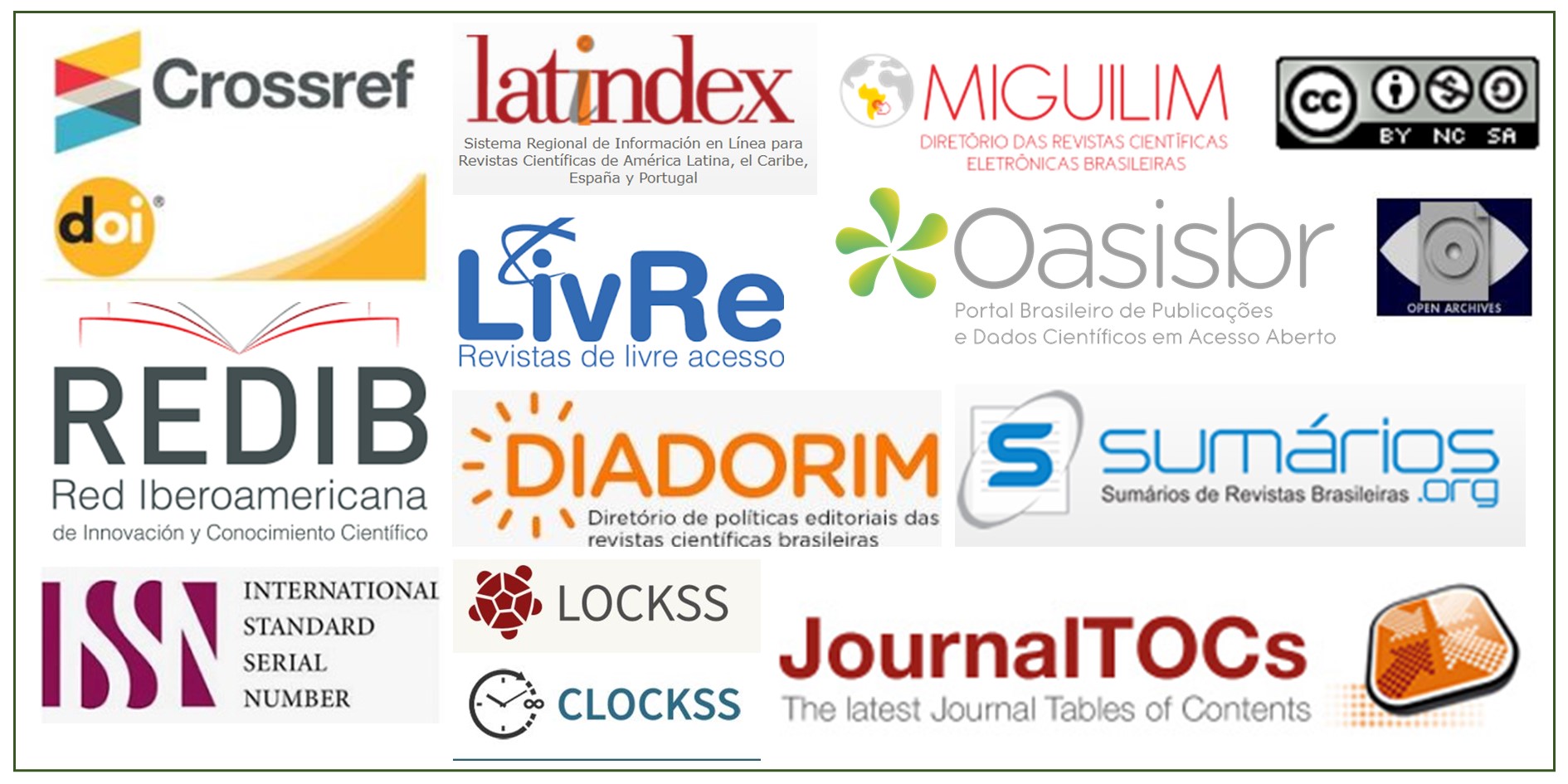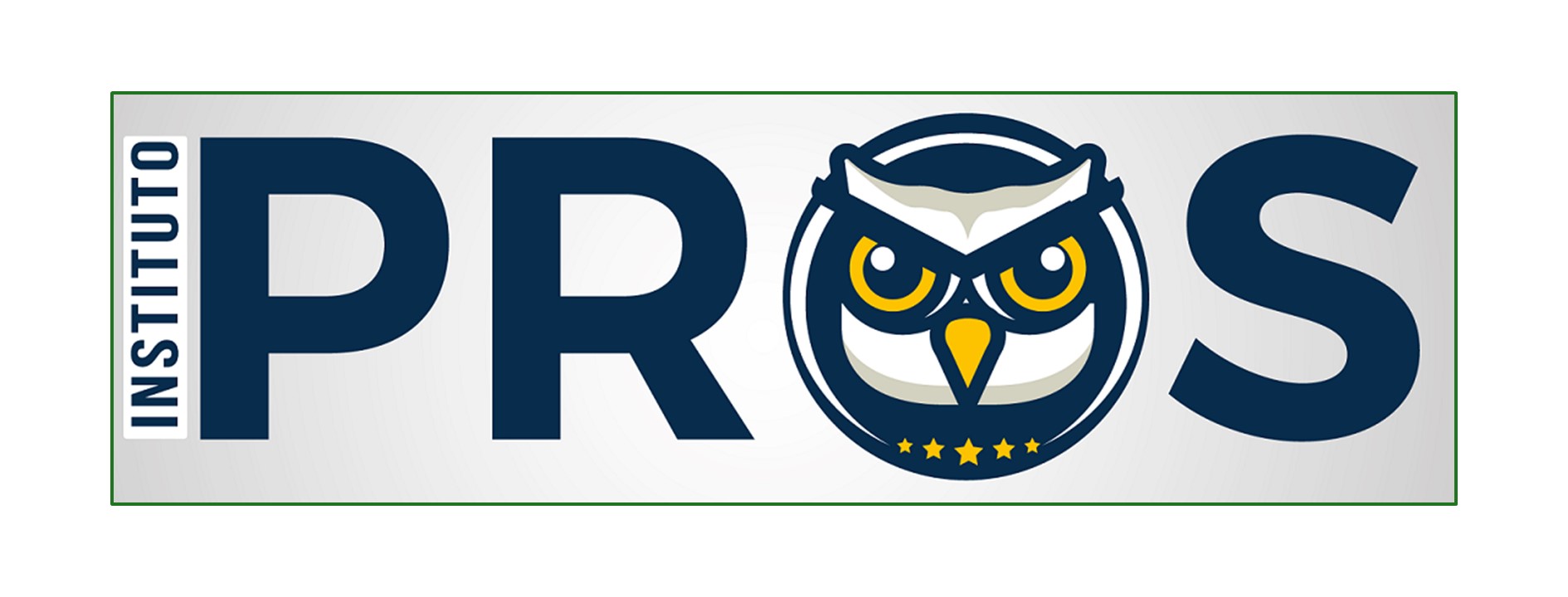Susceptibility of Stegasta bosqueella (CHAMBERS, 1875) (LEPIDOPTERA: GELECHIIDAE) to ACMNPV (Lepigen®)
DOI:
https://doi.org/10.17648/sas.v1i2.24Keywords:
Arachis hypogaea L., Manejo Integrado de Pragas, Controle Biológico de PragasAbstract
The rednecked peanutworm Stegasta bosqueella, is identified as the main peanut (Arachis hypogaea L.) pest, with damage to the leaflets, new shoots and needle buds. Currently, peanut pest control is carried out with chemical pesticides, but that can cause problems in human health, as well as the selection of insect resistant populations. Therefore, the use of other strategies is necessary, in this scenario virus-based bioinsecticides practice appears as a control strategy with low human toxicity, combined with a low capacity to select insect resistant populations. The objective of this work was to evaluate the action of the commercial product Lepigen® (AcMNPV) on second instar caterpillars of S. bosqueella. The experiment was carried out in a completely randomized design with 30 replications, in which the treatments consisted of (1) Control (distilled water) + adjuvant (0.05%) and (2) Application of the commercial product Lepigen® based on AcMNPV at a concentration of 108 polyhedral / mL + adjuvant (0.05%). Based on the results, it was observed that S. bosqueella second instar larvae submitted to commercial product Lepigen® treatment application, showed 100% mortality at the end of the seventh day of evaluation, whereas in the control treatment, mortality of only 5 individuals was observed during the same period evaluated. In addition, S. bosqueella second instar larvae needed to consume just over 0.17 cm2 to exhibit 100% mortality in our study. Therefore, the commercial product Lepigen® based on the baculovirus AcMNPV is pathogenic to S. bosqueella second instar caterpillars.
Downloads

Downloads
Published
How to Cite
Issue
Section
License
Autores concordam com os seguintes termos:
a) Os autores mantêm os direitos autorais e concedem à revista o direito de primeira publicação, com o trabalho simultaneamente licenciado sob a LicençaAttribution-NonCommercial-ShareAlike 4.0 International, que permite o compartilhamento do trabalho com reconhecimento da autoria e publicação inicial na Revista SAS. A licença permite o uso, a distribuição e a reprodução irrestrita, em qualquer meio, desde que devidamente citada a fonte. Essa licença permite também que outros remixem, adaptem e criem a partir do seu trabalho para fins não comerciais, desde que atribuam a você o devido crédito e que licenciem as novas criações sob termos idênticos.
b) Não cabe aos autores compensação financeira a qualquer título, por artigos ou resenhas publicados na South American Sciences.
c) Os conceitos expressos nos artigos publicados na South American Sciences são de inteira responsabilidade de seus autores.








